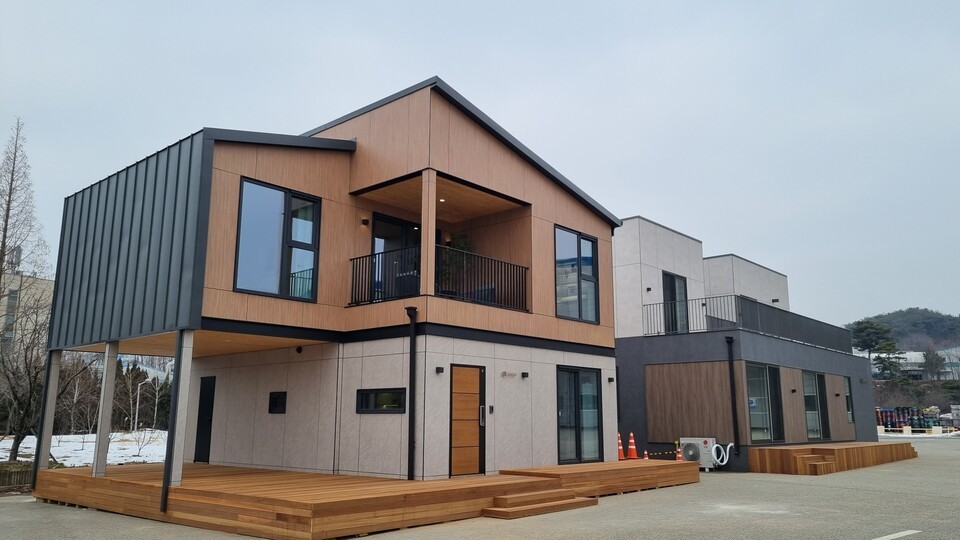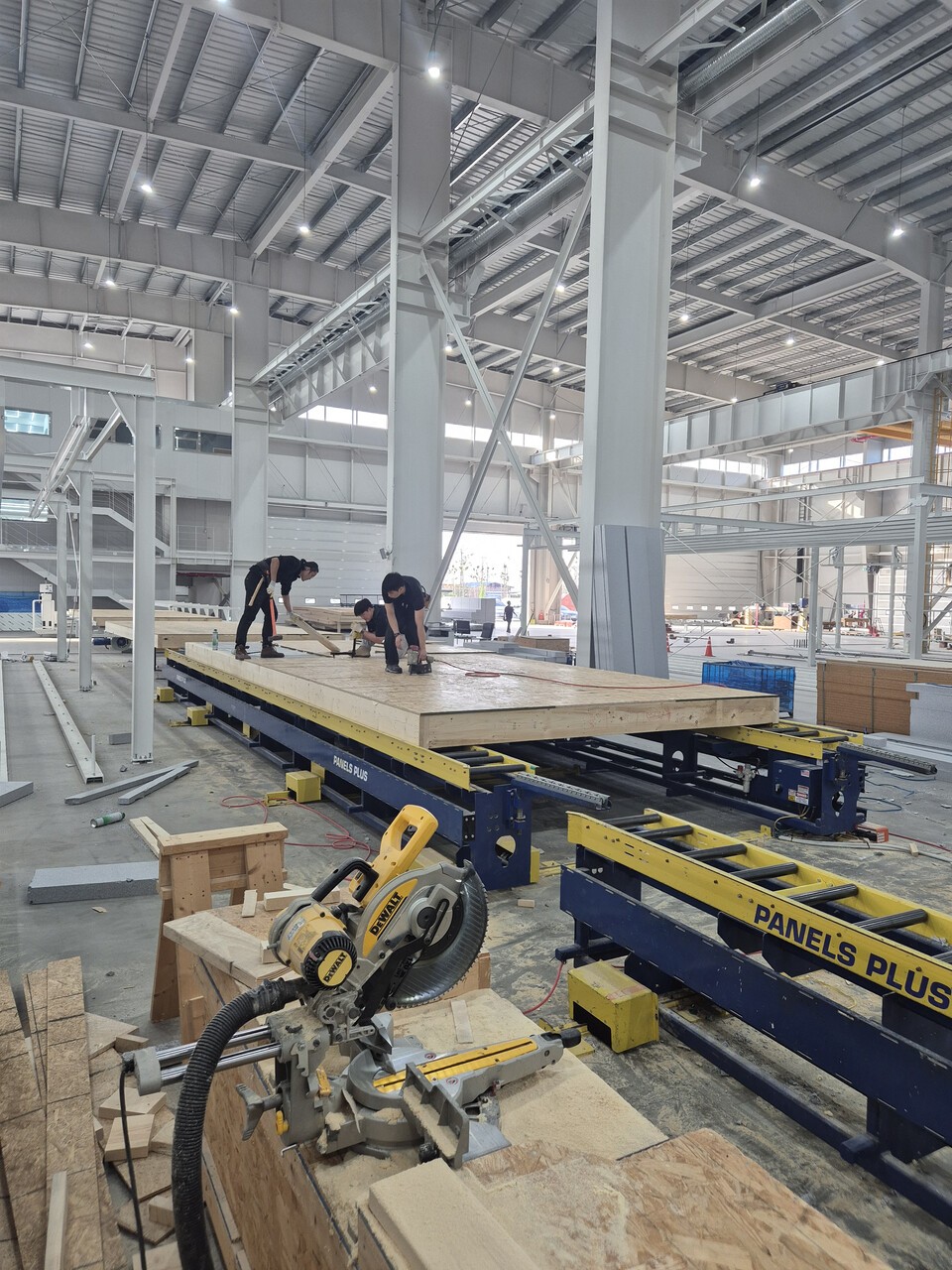Natural disasters such as large-scale wildfires, heavy rain, and earthquakes are becoming more frequent. As the damage increases, the public’s responsibilities also grow. Among them, ‘housing’ is the most realistic and urgent issue. However, existing temporary homes often remain as temporary solutions that only consider speed. Reinforced concrete structures have long construction periods and considerable environmental burdens. More importantly, for victims of disasters, there was ‘a place to stay’ but not ‘a place to recover’.
To overcome these structural limitations, the Korea Forest Research Institute of the Korea Forest Service has proposed ‘wooden modular housing’ as a new residential solution. The Korea Forest Research Institute stated on the 1st, “The most urgent need for disaster victims is to secure quick and comfortable living spaces,” and “Wooden modular housing offers an alternative that balances speed, emotional stability, and eco-friendliness.”

Wooden modular housing employs a prefabrication method where the structure and facilities are pre-made in a factory and assembled on site. This can reduce construction time by up to 50% and allows for stable scheduling regardless of weather or terrain. The modular design permits flexible expansion or relocation of spaces as needed and can be converted into welfare or public facilities in the future, increasing its long-term usage value.

For disaster victims, ’emotional recovery’ is as important as ‘speed’. Wood is a material that provides visual warmth and psychological comfort, serving as a foundation for recovery for stress-stricken victims. Moreover, wood acts as a carbon storage resource, and when used as a structural material, it contributes to achieving carbon neutrality. Its significantly lower carbon emissions compared to reinforced concrete is also an advantage.
Lee Sang-min, Head of the Wood Science and Technology Division at the Korea Forest Research Institute, said, “Wooden modular housing is not merely a temporary facility but a rapid and sustainable disaster-responsive housing solution,” urging, “The government and local governments should strategically adopt wood-based systems to establish a proactive response system.”
As the climate crisis intensifies, disasters are no longer confined to specific regions. They have become a reality that can occur anywhere, anytime. Disaster victims need recoverable spaces, not just temporary solutions. The reason for public intervention is clear, and the solution might be closer than we think, starting with wood.